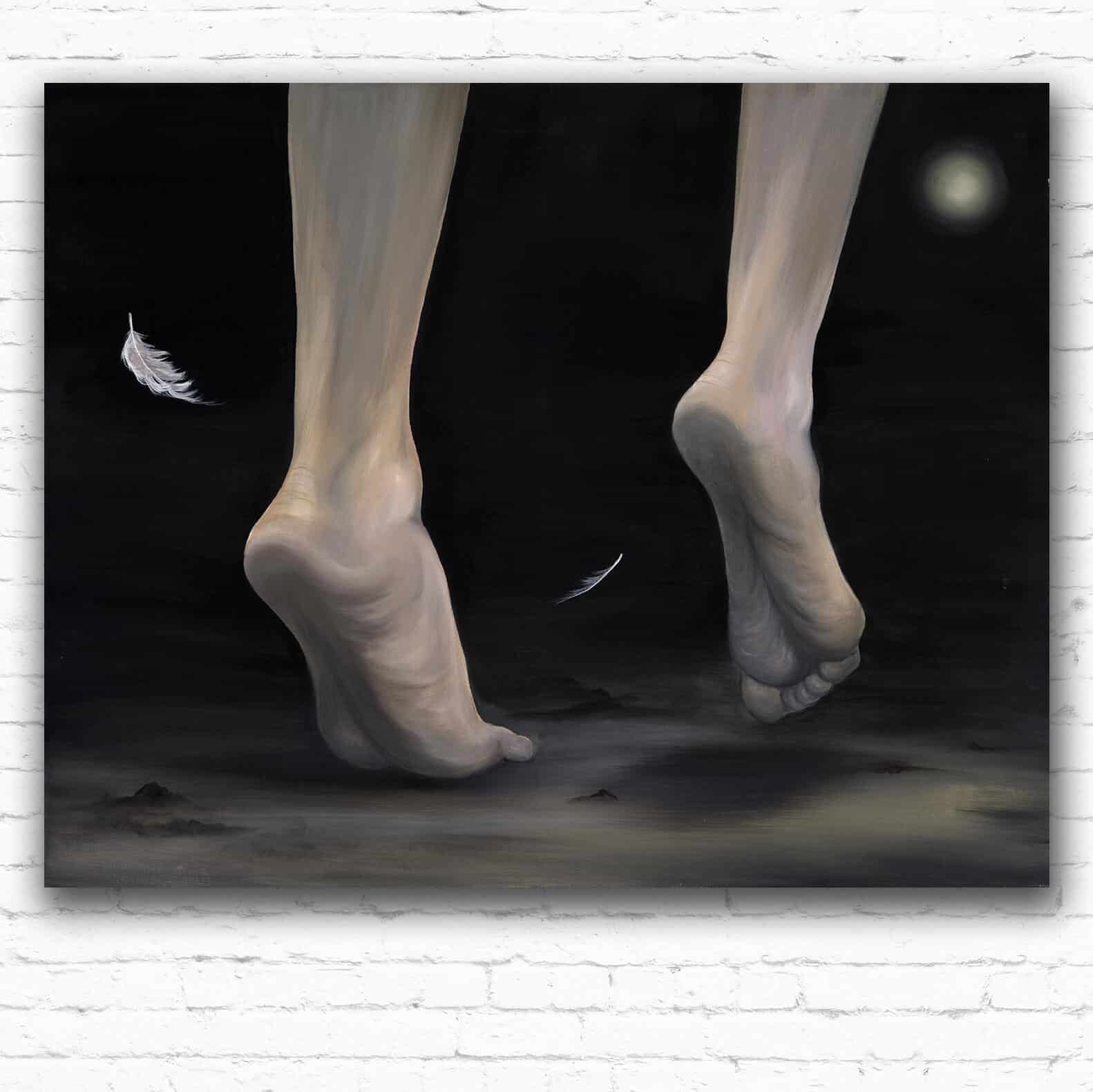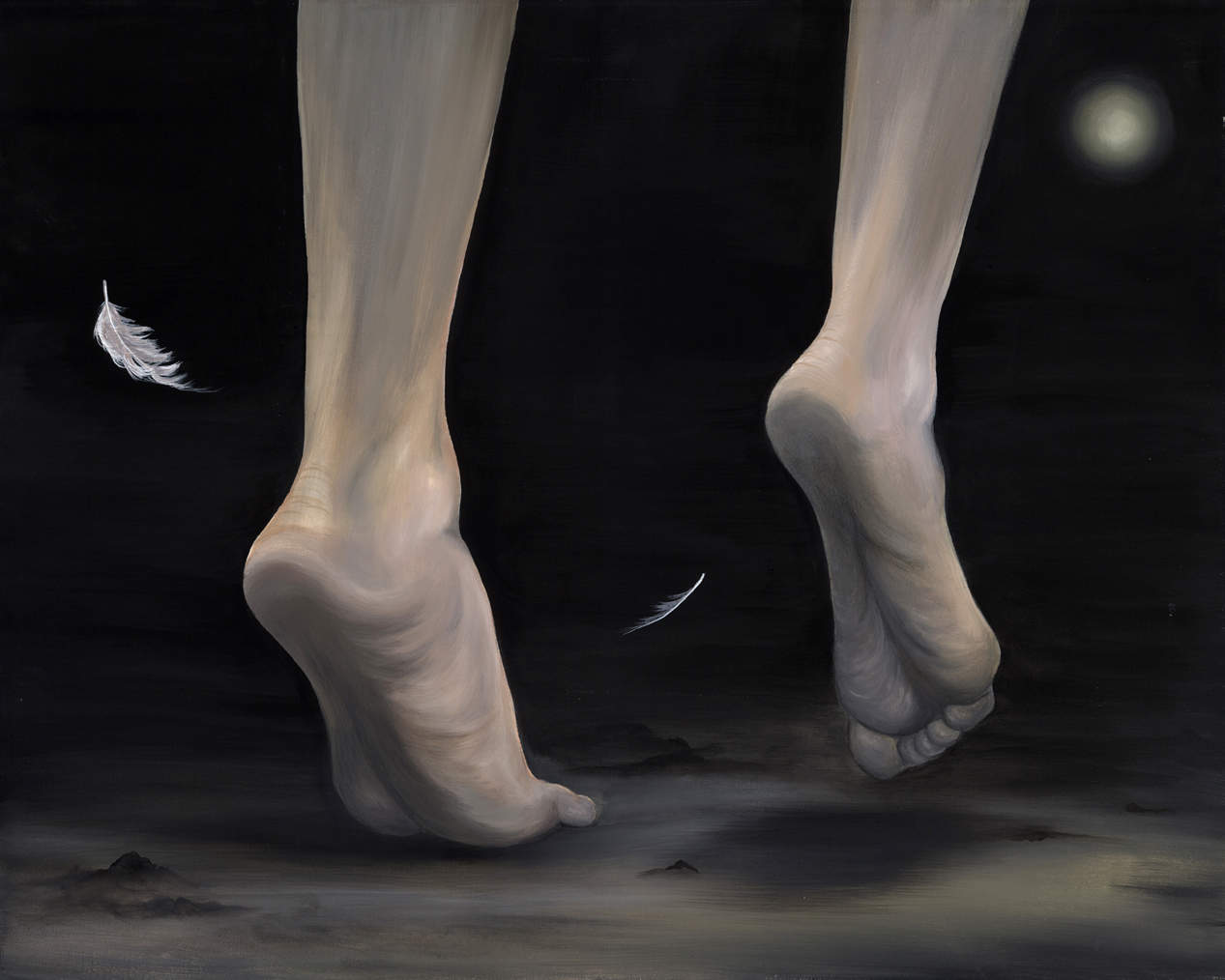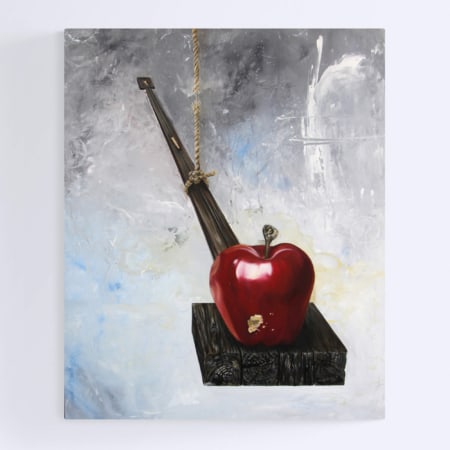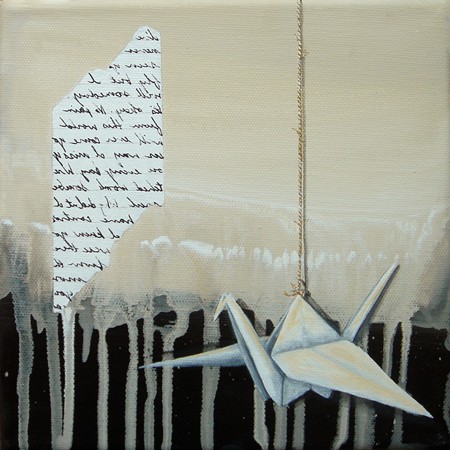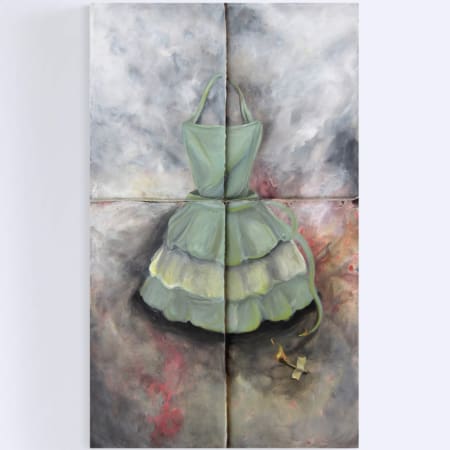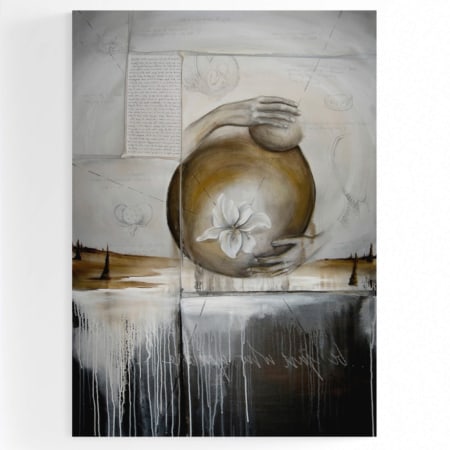Description
Part of The Nomadic Series. Artist Kristin Llamas spent 13 months traveling and painting in all fifty states. Each painting was inspired by the artist’s personal experiences in that state.
Learn more about what inspired this Painting and the series at Nomadic-Project.com
Back in the room at our very humble hotel, I pull the nightstand out from the wall and drape the flowery bed cover over it. We make each other’s name places and microwave our dinners. While dipping our rubbery meat into stiff potatoes, we talk about how thankful we are to be able to experience this amazing journey, and wonder about what lies ahead. Soon enough, we discover that Baltimore’s Shot Tower, Federal Hill, and Fort McHenry are in our future.
At Fort McHenry, I learn of some irony surrounding the camp. I love life’s little ironies, so I take time to look deeper into the story. Most remember Fort McHenry for the historic battle that took place during the war of 1812, inspiring Francis Scott Key to write the Star Spangled Banner. However, this is far from where the story ends. It is true that on the morning of September 14th, 1814, Francis Scott Key scribbled down the initial lines of a poem that would forever be known as our country’s National Anthem. Less than fifty years later, the blood of this infamous man returned.
In 1861, President Abraham Lincoln recognized that Maryland’s sympathy for the South might result in losing Baltimore’s strategic fort, so he suspended the writ of Habeas Corpus (the constitutional right to have one’s case heard). Then, in May of that same year, Abraham Lincoln held important Maryland legislators and civilians imprisoned within Fort McHenry. One of the detained men was Francis Scott Key’s grandson. While it remains debatable whether or not President Lincoln took advantage of his power, in order to retain control over Maryland, it is clear that Fort McHenry has an interesting past. Today, the violent base is blanketed with a fresh layer of grass and the shadow of fifty stars.
As fate would have it, our visit ends with one final encounter with death in this violent city. We visit a Panera Bread Company to go online, only to find that the parking lot has been turned into a crime scene. People swarm around a blue car, and all we can see are two legs under the steering wheel. A woman is photographing what we presume is a corpse, while we watch the activity from a distance. After venturing into Washington DC for the day, we check the news and read that the body was found in the car this morning, but no one knows what caused the death.

